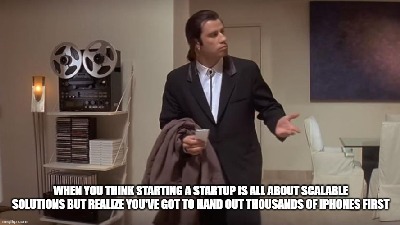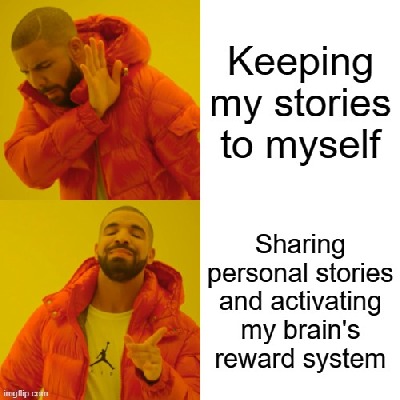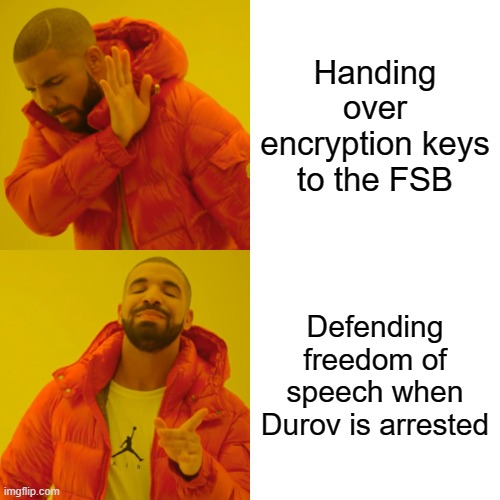Embracing Core Features
Paul Buchheit, the creator of Gmail, introduced a guiding principle that a product’s success is driven by no more than three core features. For Gmail, these were integrated search, the conversation view of emails, and substantial inbox storage. These features became the backbone of Gmail, distinguishing it from its competitors.
Practical Application:
As IT professionals, we can adopt a similar focus by honing in on a select few projects or tasks and refining them to perfection. This not only achieves high-quality results but also simplifies processes by stripping away unnecessary features.
Enhancing Critical Skills
Stewart Butterfield, the founder of Slack, emphasized the importance of excelling in three key features that need to be ‘exceptionally, astonishingly good.’ For Slack, these were seamless search capabilities, synchronization, and straightforward file sharing.
Practical Application:
We can mirror this focus by pinpointing the skills or technologies that are crucial for our roles and deepening our expertise in these areas. Enhancing these critical skills can significantly boost our personal efficiency and bring immense value to our teams and projects.
Prioritizing Practical Utility
The functionalities of a product should address real problems and meet the needs of its users. Both Gmail and Slack chose their core features with a keen awareness of their audience’s needs.
Practical Application:
As IT specialists, we should concentrate on developing and improving aspects of products or services that provide tangible benefits to users. This focus makes our work more valuable and sought-after.
Measuring Success by Impact
Butterfield pointed out the importance of excelling in aspects that genuinely impact users. It’s not about being first in everything but about being the best in what matters most.
Practical Application:
We should measure our achievements not by the volume of tasks completed but by the impact these tasks have on the project or product. This approach helps us focus our efforts on what truly matters, leading to significant and meaningful outcomes.
By adhering to these principles, IT professionals can not only improve their work but also ensure it is more impactful and relevant. Concentrating on key aspects and priorities enables us to achieve greater success, meet the needs of our target audience, and stand out in the market.










